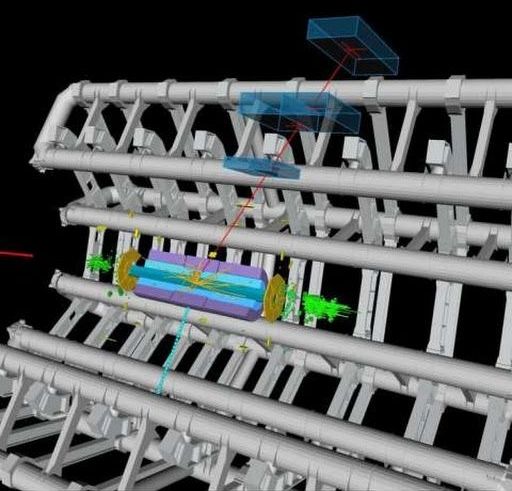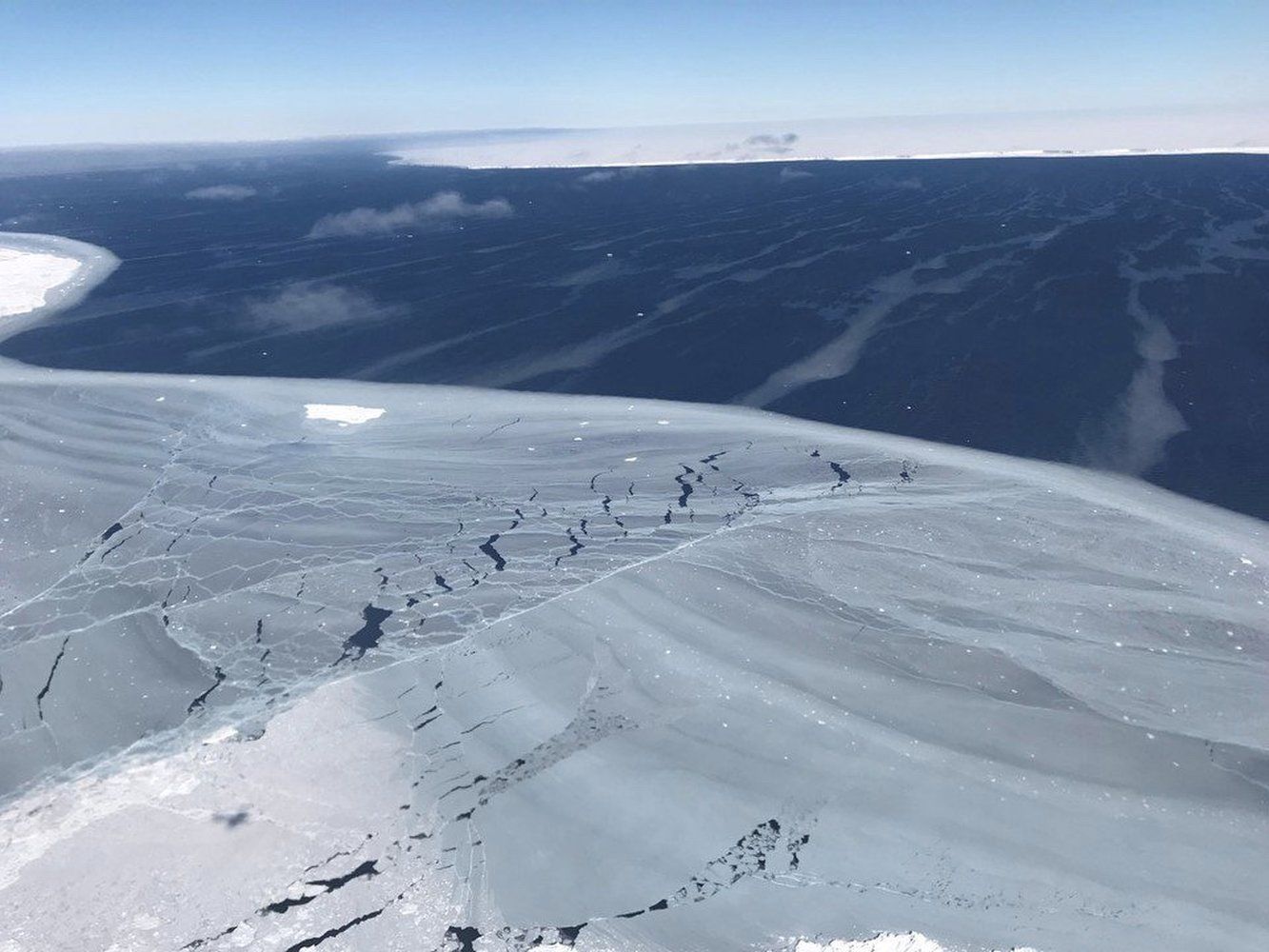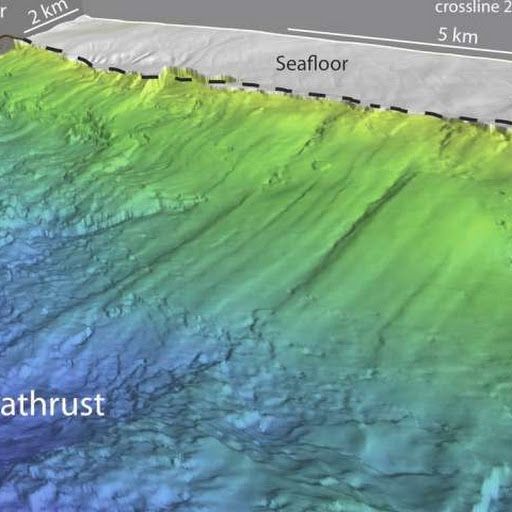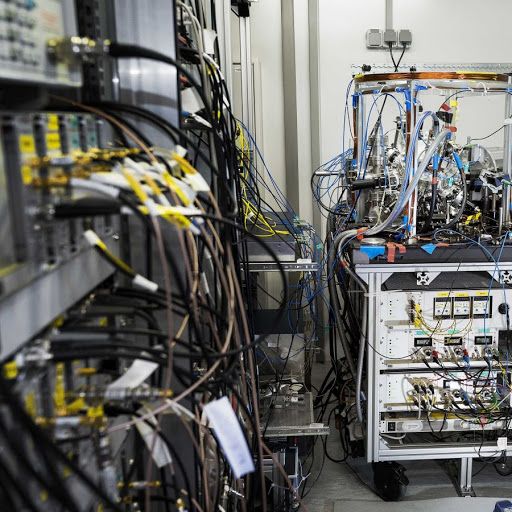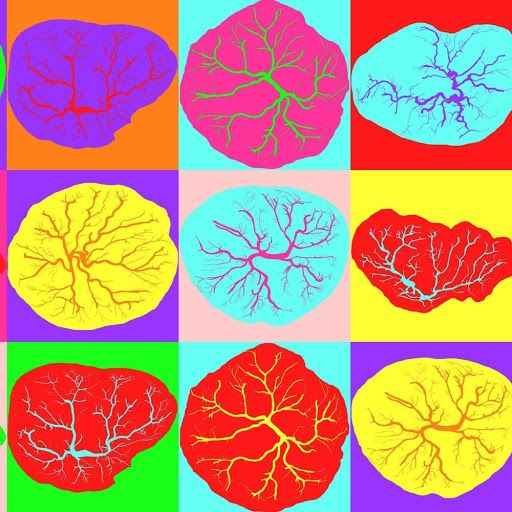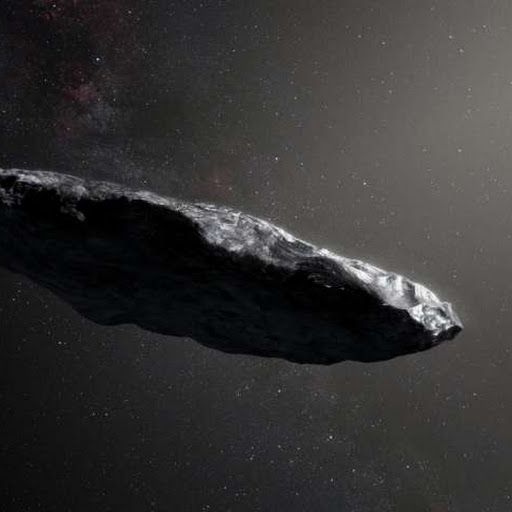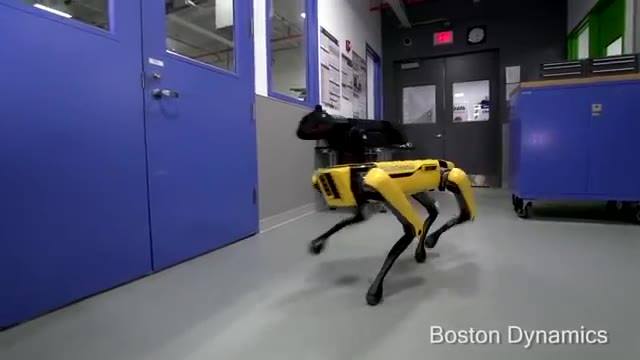A scientist gets to the roots of hair loss in a study published at the end of January, saying baldness is due to metabolic changes and free radical damage – and suggests ways to solve the problem. [This article first appeared on LongevityFacts. Author: Brady Hartman. ]
Why We Grow Bald
Scientists have identified at least nine mechanisms that underly the aging process, the so-called hallmarks of aging. While there are many factors that contribute to baldness, including hormonal changes, two of these hallmarks have been implicated in age-related hair loss in women in a study published in late January of this year.

